As researchers explore potential applications for AI, they have found scenarios where AI could be really useful but there’s not enough data to accurately train the algorithms. Jenq-Neng Hwang, University of Washington professor of electrical and computer and engineering, specializes in these issues.
Tag: Algorithm
AI technique ‘decodes’ microscope images, overcoming fundamental limit
Atomic force microscopy, or AFM, is a widely used technique that can quantitatively map material surfaces in three dimensions, but its accuracy is limited by the size of the microscope’s probe. A new AI technique overcomes this limitation and allows microscopes to resolve material features smaller than the probe’s tip.
RUDN mathematicians build an algorithm for 5G network slicing
RUDN University mathematicians have built an algorithm for effectively segmenting a 5G network. It will help optimally distribute resources between tasks.
New AI Technique Significantly Boosts Medicare Fraud Detection
In Medicare insurance fraud detection, handling imbalanced big data and high dimensionality remains a significant challenge. Systematically testing two imbalanced big Medicare datasets, researchers demonstrate that intelligent data reduction techniques improve the classification of high imbalanced big Medicare data.

Optimizing continuous-variable functions with quantum annealing
Quantum annealing (QA) is a cutting-edge algorithm that leverages the unique properties of quantum computing to tackle complex combinatorial optimization problems (a class of mathematical problems dealing with discrete-variable functions).
Virtual drug quiets noise in heart tissue images
Researchers at Washington University in St. Louis have developed a new computational approach to removing movement in images of expanding and contracting heart cells and tissues. By computationally removing movement, the algorithm mimics a drug’s action in stopping the heart, without compromising cellular structure or tissue contractility.
New algorithm ensnares its first ‘potentially hazardous’ asteroid
An asteroid discovery algorithm — designed to uncover near-Earth asteroids for the Vera C. Rubin Observatory’s upcoming 10-year survey of the night sky — has identified its first “potentially hazardous” asteroid, a term for space rocks in Earth’s vicinity that scientists like to keep an eye on.
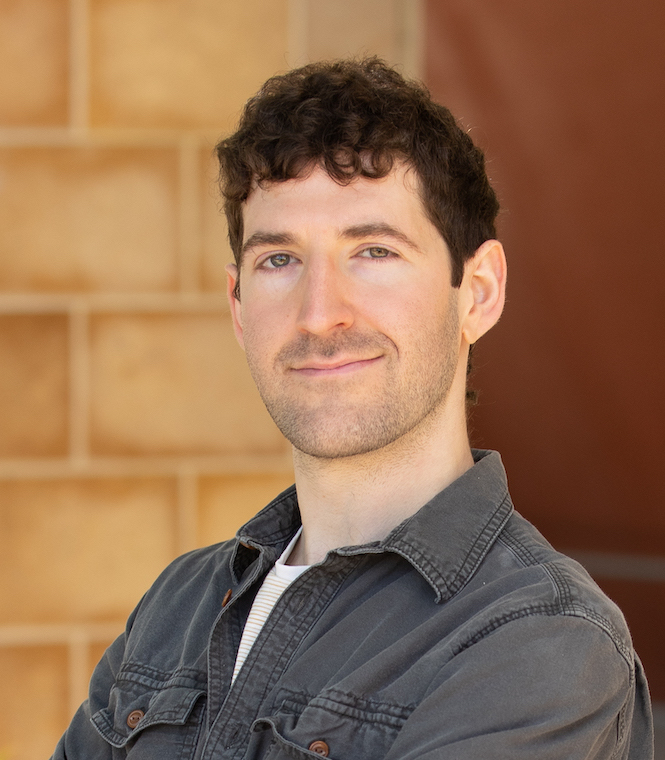
New algorithm may fuel vaccine development
Immune system researchers have designed a computational tool to boost pandemic preparedness. Scientists can use this new algorithm to compare data from vastly different experiments and better predict how individuals may respond to disease.
Robotic Glove that ‘Feels’ Lends a ‘Hand’ to Relearn Playing Piano After a Stroke
A soft robotic glove is lending a “hand” and providing hope to piano players who have suffered a disabling stroke. Combining flexible tactile sensors, soft actuators and AI, this robotic glove is the first to “feel” the difference between correct and incorrect versions of the same song and to combine these features into a single hand exoskeleton. Unlike prior exoskeletons, this new technology provides precise force and guidance in recovering the fine finger movements required for piano playing and other complex tasks.
Novel algorithm improves understanding of plasma shock waves in space
Scientists have used a recently developed technique to improve predictions of the timing and intensity of the solar wind’s strikes, which sometimes disrupt telecommunications satellites and damage electrical grids.
Create an independent body to regulate AI and prevent it from discriminating against disadvantaged groups
Qihang Lin, associate professor of business analytics at the University of Iowa’s Tippie College of Business, studies artificial intelligence and discrimination with a National Science Foundation grant. Based on his research, he believes an independent third-party organization must be created…
Cleaning Up the Atmosphere with Quantum Computing
Practical carbon capture technologies are still in the early stages of development, with the most promising involving a class of compounds called amines that can chemically bind with carbon dioxide. In AVS Quantum Science, researchers deploy an algorithm to study amine reactions through quantum computing. An existing quantum computer cab run the algorithm to find useful amine compounds for carbon capture more quickly, analyzing larger molecules and more complex reactions than a traditional computer can.
Ming Ye: Then and Now / 2012 Early Career Award Winner
The DOE Early Career Research Program Award allowed Ming Ye at Florida State University to develop interdisciplinary approaches to quantify and reduce uncertainty in environmental studies.
Novel Wearable Belt with Sensors Accurately Monitors Heart Failure 24/7
There is a critical need for non-invasive solutions to monitor heart failure progression around the clock. This novel wearable device is based on sensors embedded in a lightweight belt that monitors thoracic impedance, electrocardiogram (ECG), heart rate and motion activity detection. The device was tested in different conditions including sitting, standing, lying down and walking. Findings showed that all of sensors kept track of the changes for all of the different conditions.
AI model using daily step counts predicts unplanned hospitalizations during cancer therapy
An artificial intelligence (AI) model developed by researchers can predict the likelihood that a patient may have an unplanned hospitalization during their radiation treatments for cancer. The machine-learning model uses daily step counts as a proxy to monitor patients’ health as they go through cancer therapy, offering clinicians a real-time method to provide personalized care. Findings will be presented today at the American Society for Radiation Oncology (ASTRO) Annual Meeting.
BRIDGE Study Finds Disparities Caused by Algorithm in Healthcare Systems
Patients from historically medically underserved groups, including patients of color and those who are Spanish-speaking, have less cancer family history information available to them. In addition, existing health records are less comprehensive, according to a study published October 4 in the Journal of the American Medical Association Network Open.

Rensselaer Researchers to Address Big Data Challenges
Dr. Yangyang Xu, assistant professor of mathematical sciences at Rensselaer Polytechnic Institute, has received a $250,000 grant from the National Science Foundation (NSF) to research challenges associated with distributed big data in machine learning.Machine learning algorithms allow computers to make decisions, predictions, and recommendations on the basis of input training data without being explicitly told what information to look for in the data.
JMIR Biomedical Engineering | Using Machine Learning to Reduce Treatment Burden
JMIR Publications recently published “Reducing Treatment Burden Among People With Chronic Conditions Using Machine Learning: Viewpoint” in JMIR Biomedical Engineering which reported that the COVID-19 pandemic has illuminated multiple challenges within the health care system and is unique to those living with chronic conditions.
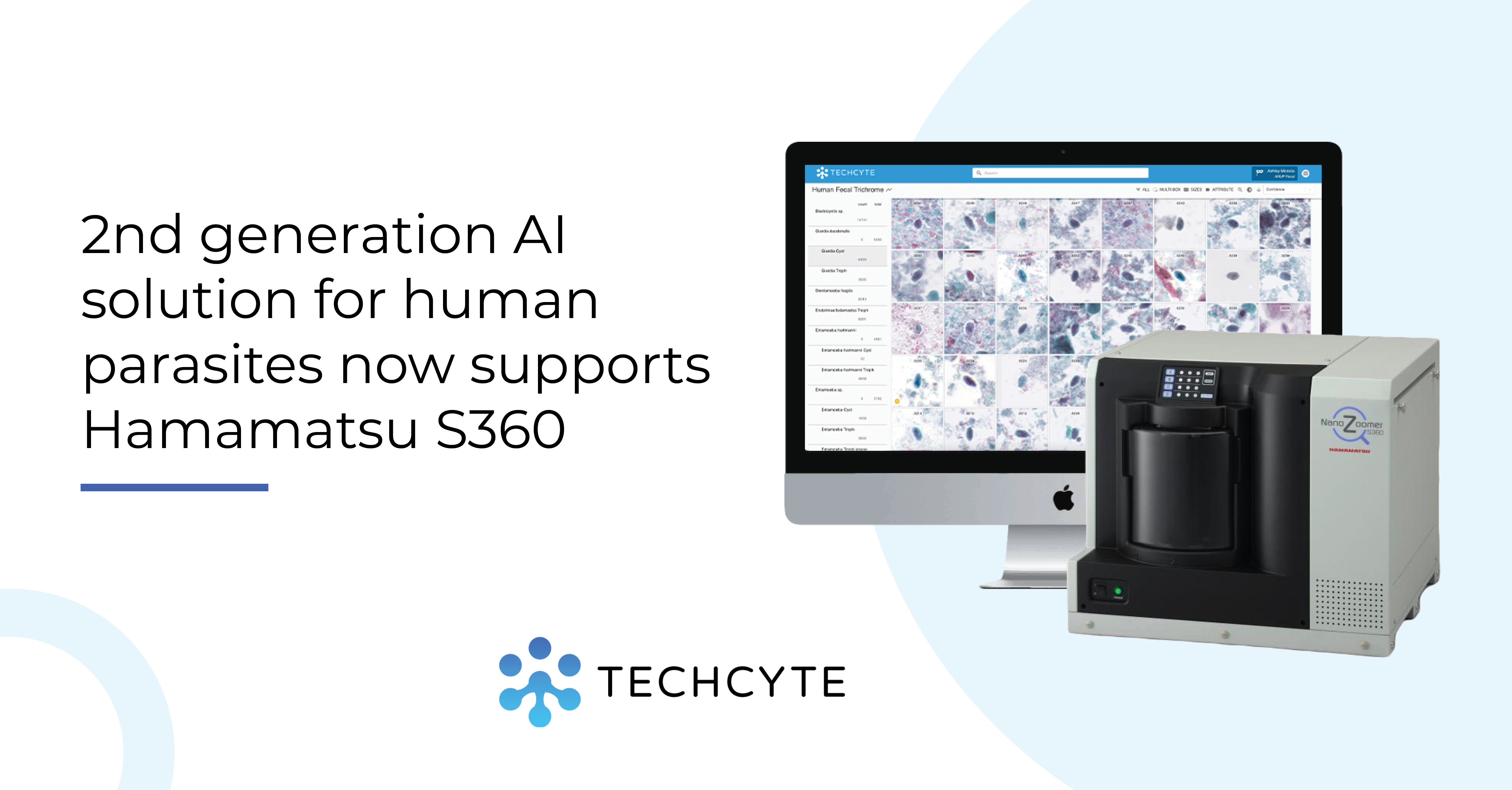
Techcyte announces the release of their second generation AI for Human Parasites
Techcyte, a leading developer of AI-based image analysis solutions for the diagnostics industry, is proud to announce the release of their second-generation solution for Human Fecal Trichrome (HFT) for human parasites.
Suicide Prediction Method Combines AI and Face-to-Face Screening
A new observational study from Vanderbilt University Medical Center points to solutions for efficient clinical prediction of suicide attempt or suicidal thinking in adults. Reported May 13 in JAMA Open by Drew Wilimitis, Colin Walsh, MD, MA, and colleagues, the study compares an artificial intelligence algorithm with face-to-face screening.
Self-driving microscopes discover shortcuts to new materials
Researchers at the Department of Energy’s Oak Ridge National Laboratory are teaching microscopes to drive discoveries with an intuitive algorithm, developed at the lab’s Center for Nanophase Materials Sciences, that could guide breakthroughs in new materials for energy technologies, sensing and computing.
Improving Georgia land conservation through algorithms
A team of University of Georgia researchers has created a model to help land developers and public officials identify the land that is best suited for conservation. Led by Fabio Jose Benez-Secanho, a former UGA graduate student, and Puneet Dwivedi, associate professor in the Warnell School of Forestry and Natural Resources, this first-of-its-kind algorithm considers a variety of factors not included in other models when calculating the value of land for conservation.
New study compares algorithms for solving the optimal control problem
The RUDN University scientist compared the performance of several algorithms for solving optimal control problems that arise everywhere, from economics to cosmonautics.
FAU Receives NSF Grant to Explore Trait Evolution Across Species
The NSF grant will enable scientists to elucidate trait evolution across species using statistical and supervised machine learning approaches to vigorously and accurately predict general and specific evolutionary mechanisms that also will be applicable to various genomic and transcriptomic data for evolutionary discovery.
Decades After Toxic Exposure, 9/11 First Responders May Still Lower Their Risk of Lung Injury
Losing weight and treating excess levels of fat in the blood may help prevent lung disease in firefighters exposed to dangerous levels of fine particles from fire, smoke, and toxic chemicals on Sept. 11, 2001, a new study shows.
Computer science, environmental health experts at UIC team up to protect US Navy divers with AI
The U.S. Office of Naval Research has awarded University of Illinois Chicago researchers $725,000 to develop an artificial intelligence system that can help protect divers from waterborne bacteria, parasites, and other harmful pathogens and microbes.
Invention: The Storywrangler
Scientists have invented a first-of-its-kind instrument to peer deeply into billions of Twitter posts–providing an unprecedented, minute-by-minute view of popularity, from rising political movements, to K-pop, to emerging diseases. The tool–called the Storywrangler–gathers phrases across 150 different languages, analyzing the rise and fall of ideas and stories, each day, among people around the world. The Storywrangler quantifies collective attention.
Liquid Metal Sensors and AI Could Help Prosthetic Hands to ‘Feel’
Prosthetics currently lack the sensation of “touch.” To enable a more natural feeling prosthetic hand interface, researchers are the first to incorporate stretchable tactile sensors using liquid metal and machine learning. This hierarchical multi-finger tactile sensation integration could provide a higher level of intelligence for artificial hands by improving control, providing haptic feedback and reconnecting amputees to a previously severed sense of touch.
Will COVID-19 Eventually Become Just a Seasonal Nuisance?
Within the next decade, the novel coronavirus responsible for COVID-19 could become little more than a nuisance, causing no more than common cold-like coughs and sniffles. That possible future is predicted by mathematical models that incorporate lessons learned from the current pandemic on how our body’s immunity changes over time. Scientists at the University of Utah carried out the research, now published in the journal Viruses.
UB pharmacy researcher aims to develop real-time algorithm to lower hospital readmission rates
To lower hospital readmission rates for patients with chronic obstructive pulmonary disease (COPD), University at Buffalo pharmacy researcher David Jacobs has received a $962,000 award from the National Heart, Lung, and Blood Institute to develop a real-time readmission risk prediction algorithm.
With Census data release, algorithms can offer fairer alternatives
On Monday, the U.S. Census Bureau will release population data that will be used to determine the number of congressional seats and Electoral College votes each state receives. David Shmoys, professor in computer science at Cornell University, studies how…
The Ramanujan Machine
Using AI and computer automation, Technion researchers have developed a “conjecture generator” that creates mathematical conjectures, which are considered to be the starting point for developing mathematical theorems. They have already used it to generate a number of previously unknown formulas.
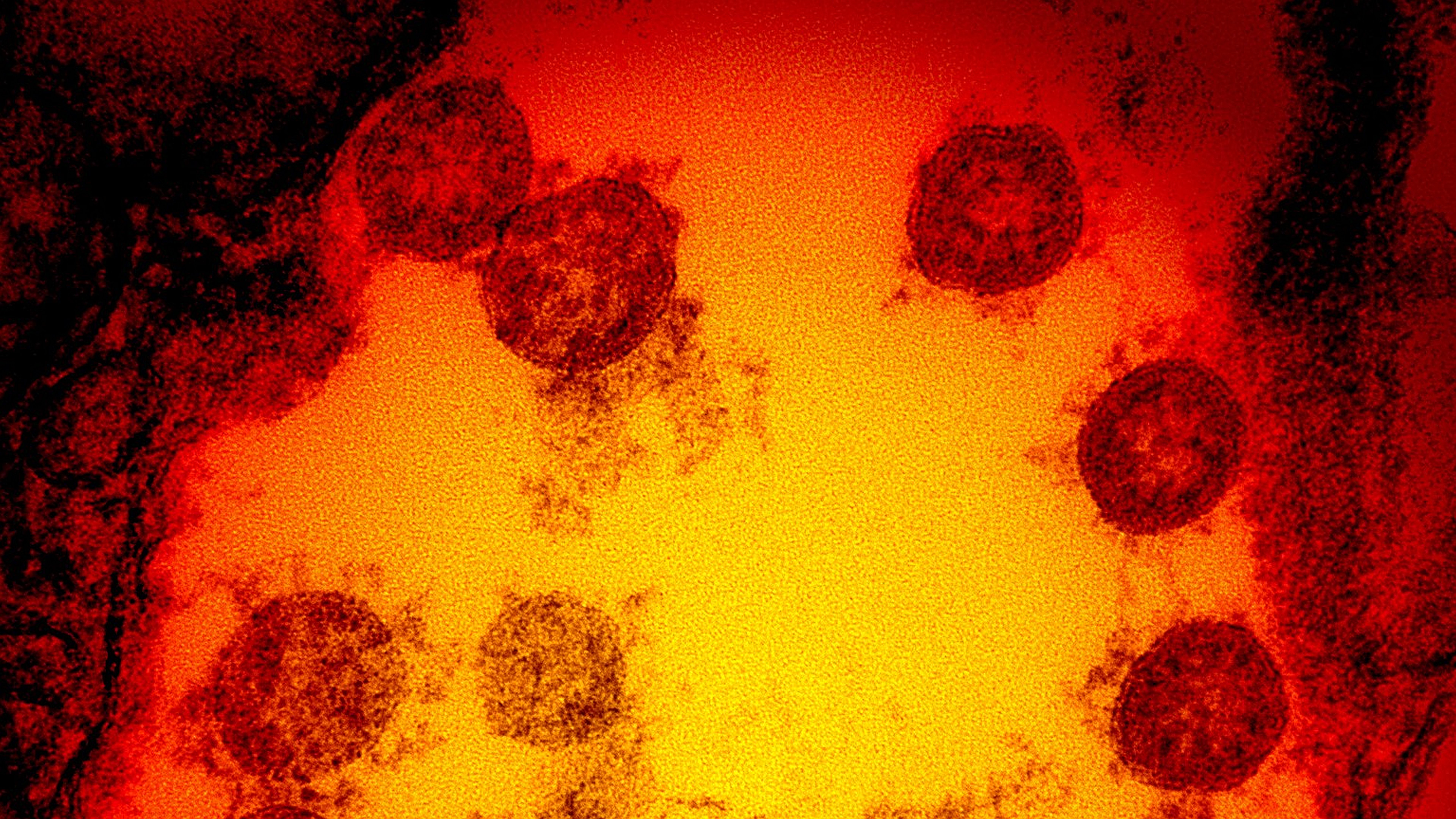
Story Tips from Johns Hopkins Experts on COVID-19
Vaccines take time to work. After getting a COVID-19 vaccine, it takes a while for the immune system to fully respond and provide protection from the virus. For the Moderna and Pfizer COVID-19 vaccines, it takes up to two weeks after the second shot to become appropriately protected.
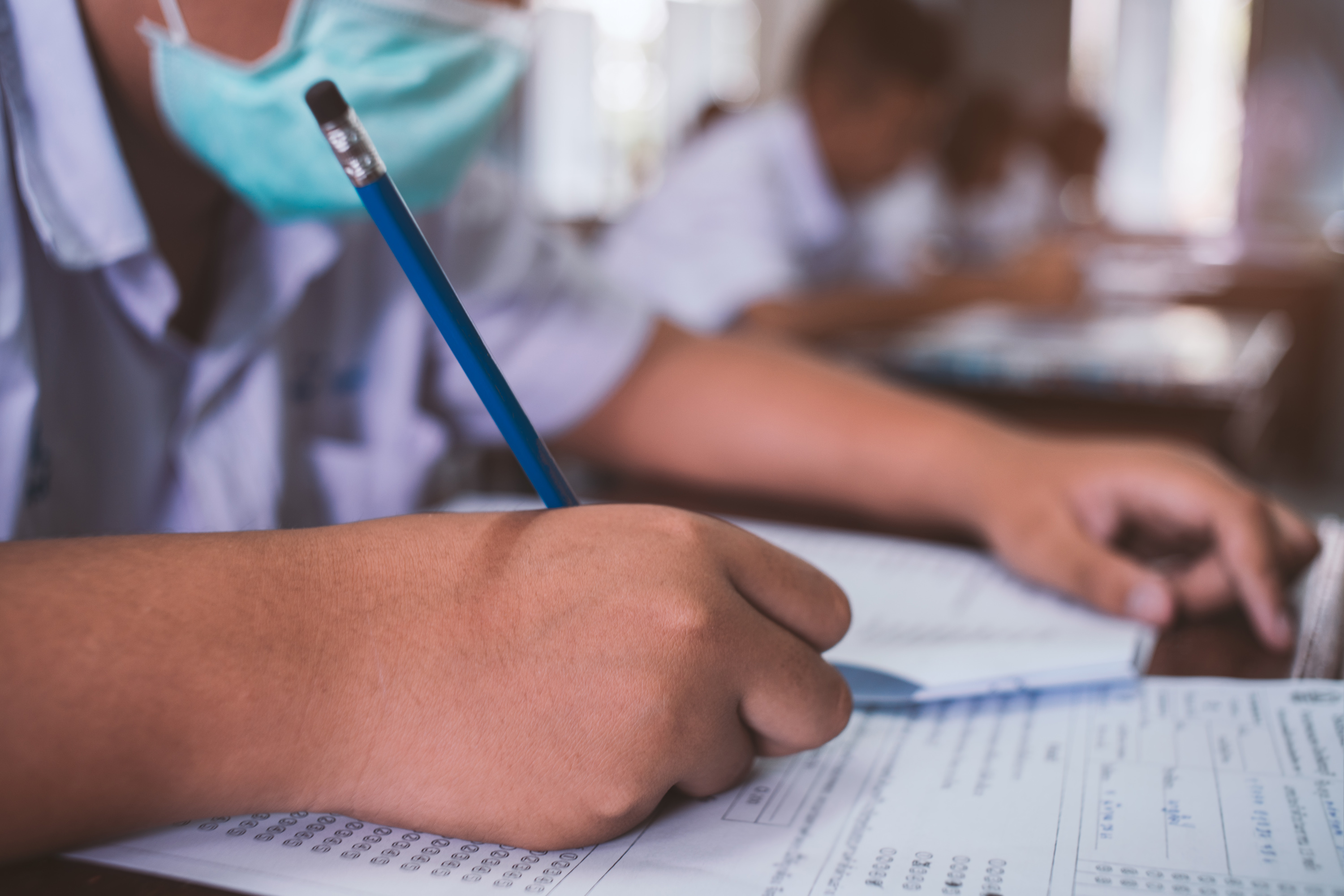
A Free App Can Help School and College Administrators Contain COVID-19 This Semester
With COVID-19 infection rates rising across the country as students return to school for the spring semester, how will schools and colleges control the spread? COVID Back-to-School can help. It’s a free online tool that predicts the outcome of taking…
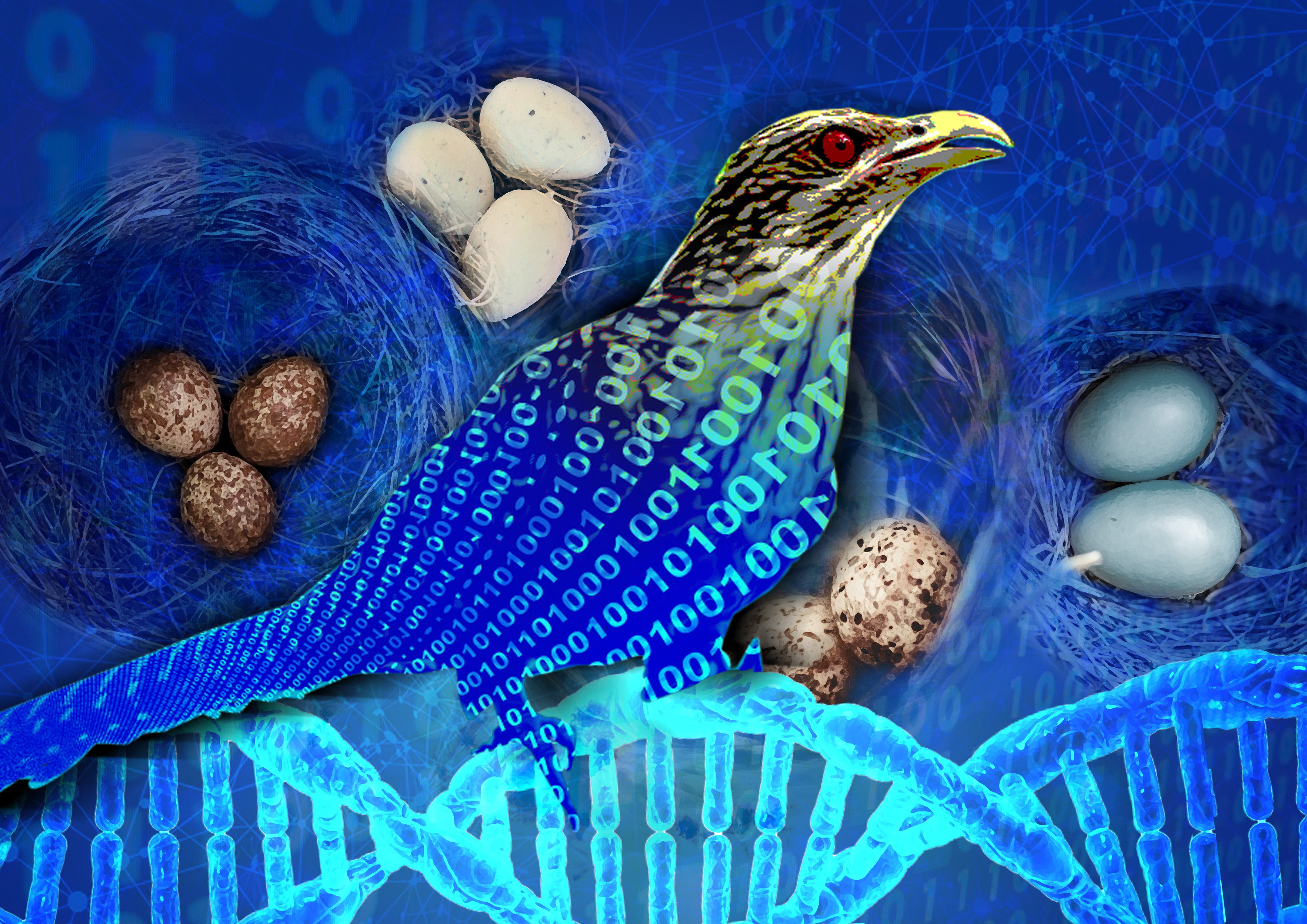
Borrowing from birds, experts reduce search times for novel high-entropy alloys to seconds
Computational materials science experts at the U.S. Department of Energy’s Ames Laboratory enhanced an algorithm that borrows its approach from the nesting habits of cuckoo birds, reducing the search time for new high-tech alloys from weeks to mere seconds.
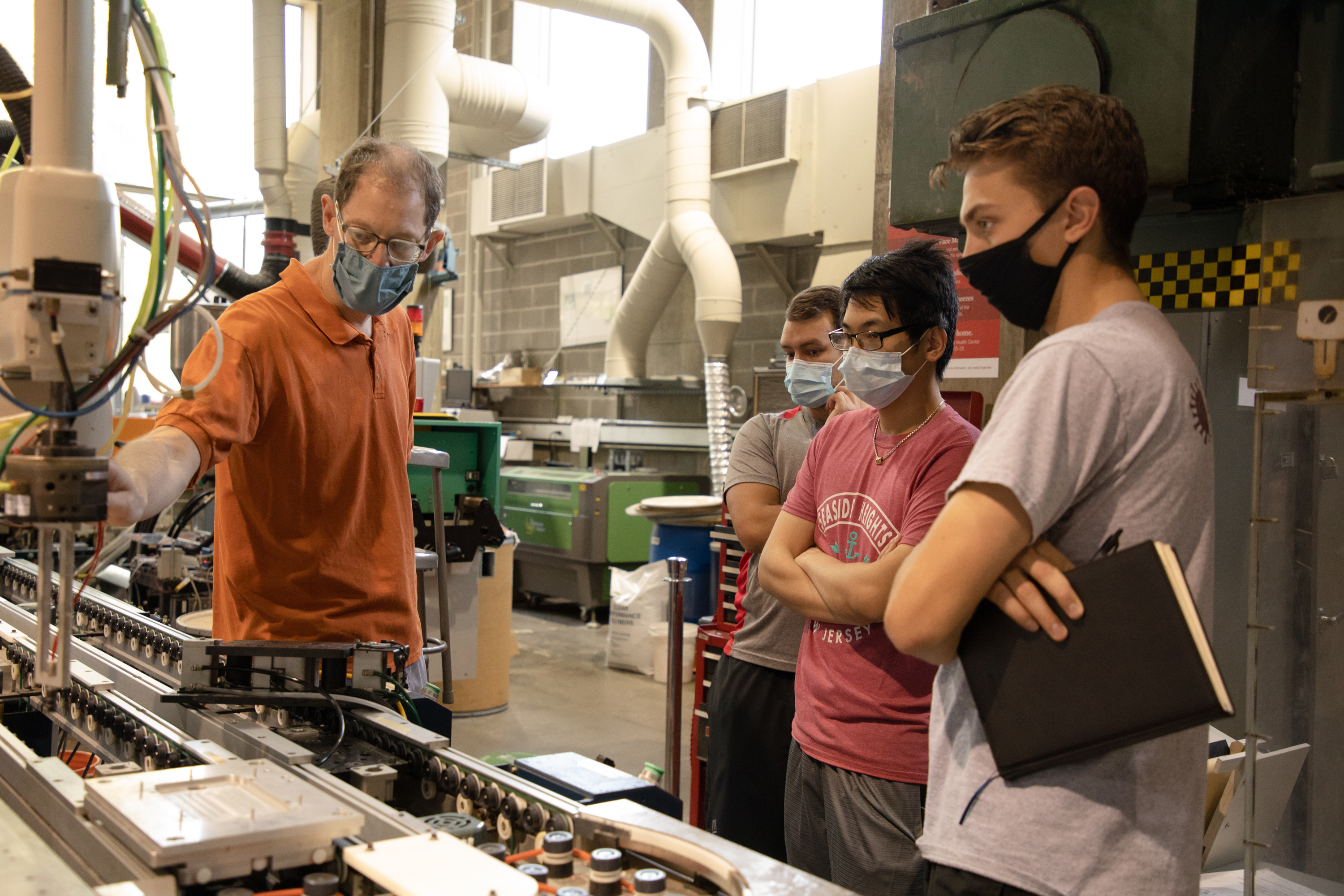
App Developed at Rensselaer Can Help Guide COVID-19 Management on Any Campus
Leaders at Rensselaer Polytechnic Institute relied on a powerful algorithm, COVID Back-to-School – now freely available to the public – to determine that twice-weekly testing of all students would be the optimal regimen for keeping the infection rate on campus safely below 1% for any two-week period.
Best way to detect ‘deepfake’ videos? Check for the pulse
Researchers from Binghamton University have teamed up with Intel to develop a tool called FakeCatcher, which can detect deepfake videos at an accuracy rate above 90%.
Algorithm boosts efficiency, nutrition for food bank ops
Cornell University systems engineers examined data from a busy New York state food bank and, using a new algorithm, found ways to better allocate food and elevate nutrition in the process.
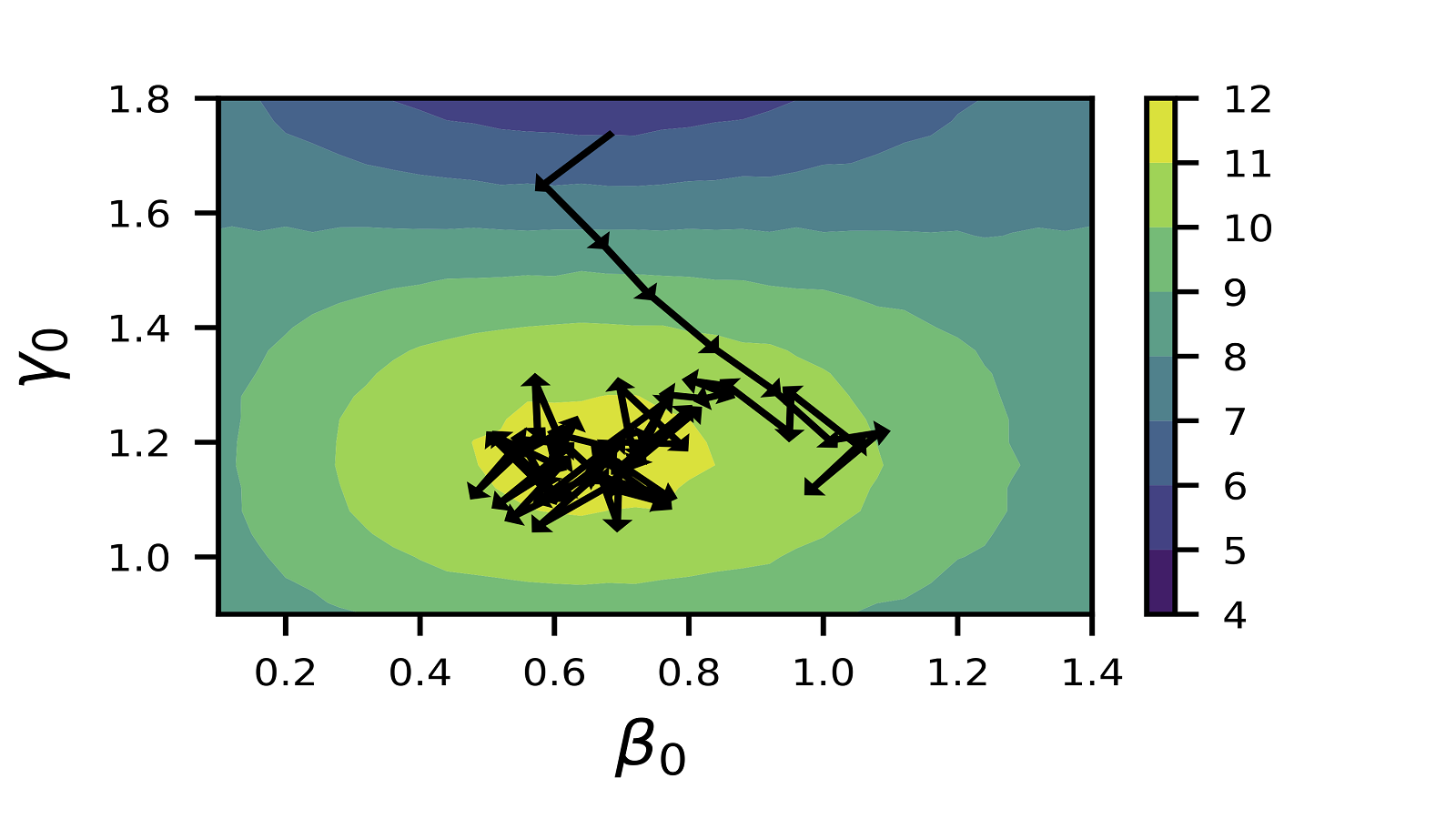
Scientists use reinforcement learning to train quantum algorithm
Scientists are investigating how to equip quantum computers with artificial intelligence and machine learning approaches.
Algorithm Created By “Deep Learning” Identifies Potential Therapeutic Targets Throughout Genome
A team of researchers have developed an algorithm through machine learning that helps predict sites of DNA methylation – a process that can change the activity of DNA without changing its overall structure – and could identify disease-causing mechanisms that would otherwise be missed by conventional screening methods.
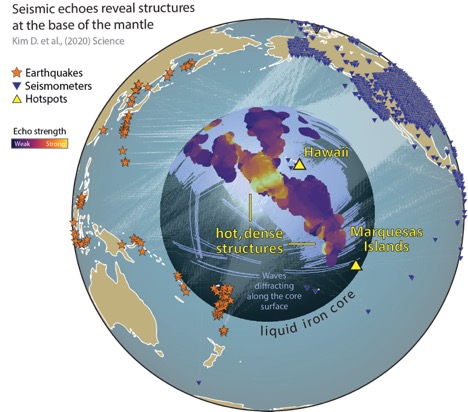
Looking Up to the Stars Can Reveal What’s Deep Below
Using a new technique originally designed to explore the cosmos, scientists have unveiled structures deep inside the Earth, paving the way towards a new map revealing what Earth’s interior looks like.
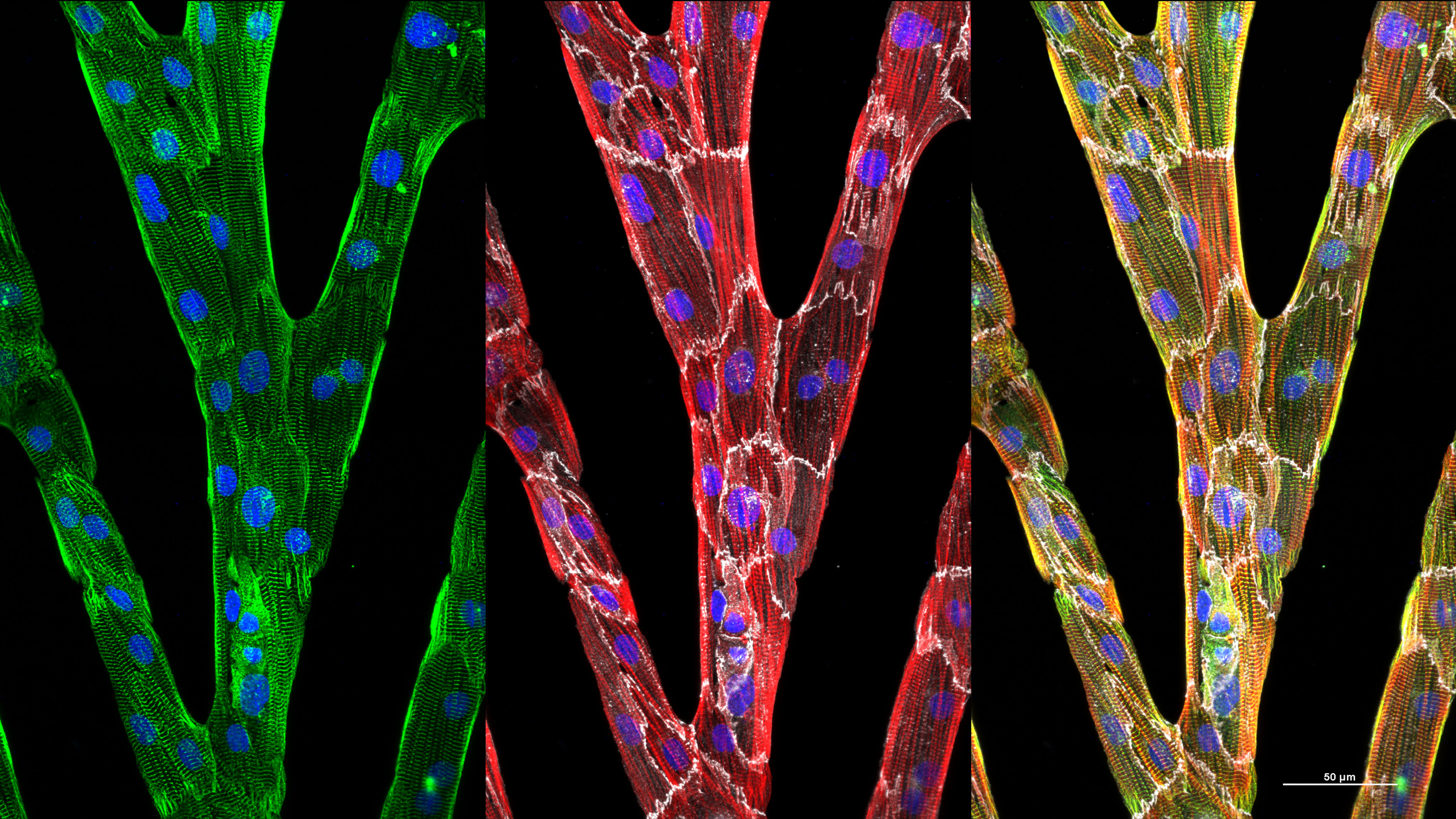
Image Analysis Technique Provides Better Understanding of Heart Cell Defects
Many patients with heart disease face limited treatment options. Fortunately, stem cell biology has enabled researchers to produce large numbers of cardiomyocytes, which may be used in advanced drug screens and cell-based therapies. However, current image analysis techniques don’t allow researchers to analyze heterogeneous, multidirectional, striated myofibrils typical of immature cells. In the Journal of Applied Physics, researchers showcase an algorithm that combines gradient methods with fast Fourier transforms to quantify myofibril structures in heart cells with considerable accuracy.
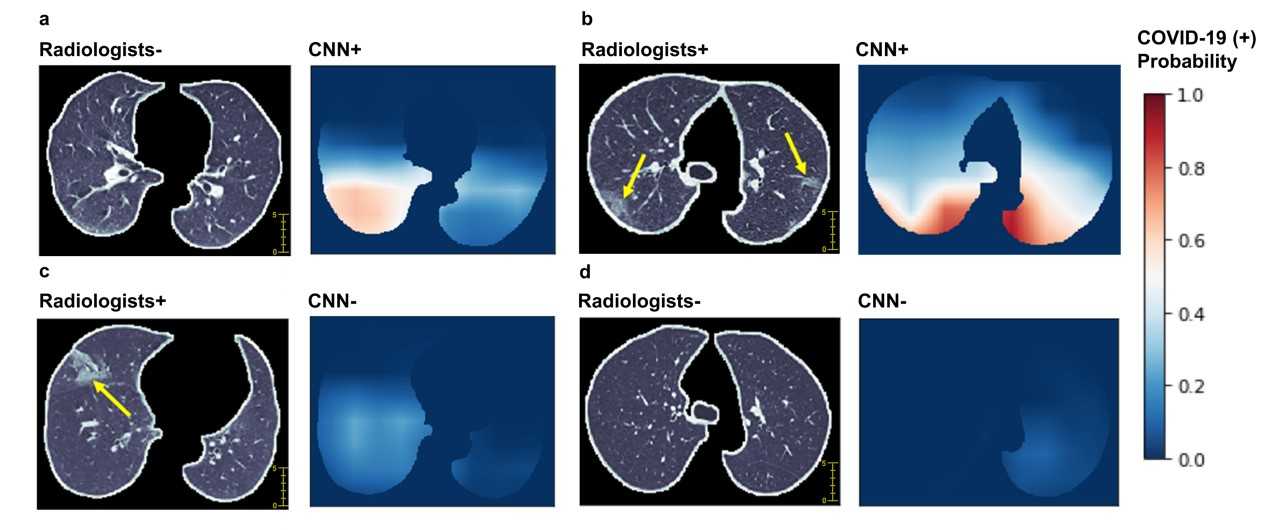
Mount Sinai First in U.S. to Use Artificial Intelligence to Analyze Coronavirus (COVID-19) Patients
Mount Sinai researchers are the first in the country to use artificial intelligence (AI) combined with imaging, and clinical data to analyze patients with coronavirus disease (COVID-19).
Artificial Intelligence Algorithm Can Rapidly Detect Severity of Common Blinding Eye Disease
A new artificial intelligence (AI) algorithm developed by researchers at New York Eye and Ear Infirmary of Mount Sinai (NYEE) can rapidly and accurately detect age-related macular degeneration (AMD), a leading cause of vision loss in the United States.
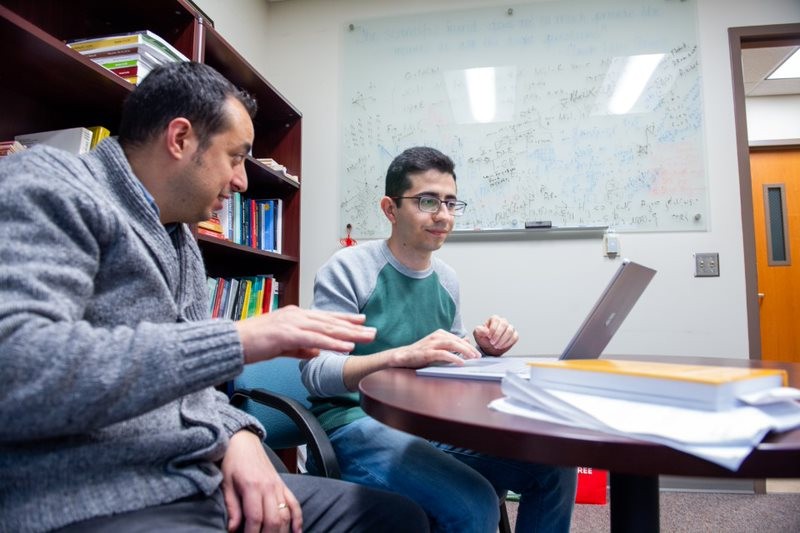
Engineering assistant professor develops safer, quicker data processing method
A novel algorithm to solve big data resource sharing problems over large networks, developed by researchers in the Penn State College of Engineering, may also have implications for energy savings and data security.
Algorithm tracker monitors Reddit rankings of COVID-19 posts
Since 2016, Cornell University assistant professor of communication J. Nathan Matias has tracked the algorithms on Reddit, a massive network of forums where people share content and news, and which claims to have more users than Twitter. As the coronavirus pandemic exploded, Matias began using the tool – called the COVID-19 Algo-Tracker – to monitor Reddit’s virus-related posts and threads, both to inform people about the mechanisms behind the information they’re receiving and to create a large, publicly available dataset for future research.

Digital Tool Helps Hospital Make Important Coronavirus Retest Decisions
The dearth of coronavirus tests and the many false negatives confront doctors with a difficult decision this new tool helps them make.
We Know AI is Biased; This Design Approach May Help Fix It
Bias in artificial intelligence is well established. Researchers are now proposing that developers incorporate the concept of “feminist design thinking” into their process as a way of improving equity – particularly in the development of software used in hiring.

Breaking Through Computational Barriers to Create Designer Proteins
Using advanced computational methods to find working designs, researchers created six protein pairs in cells.
CFN Staff Spotlight: Xiaohui Qu Bridges the Data Science-Materials Science Gap
As a staff member in the Theory and Computation Group at Brookhaven Lab’s Center for Functional Nanomaterials, Qu applies various approaches in artificial intelligence to analyze experimental and computational nanoscience data.